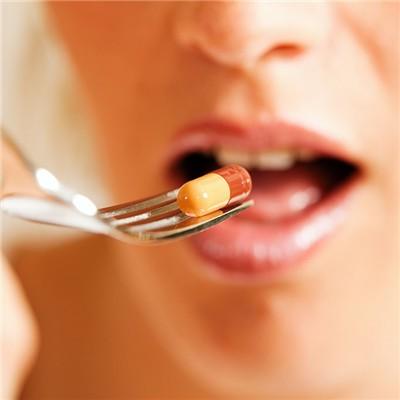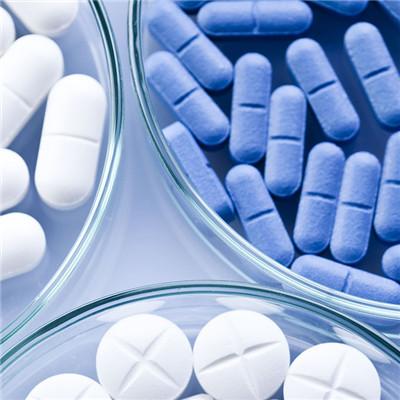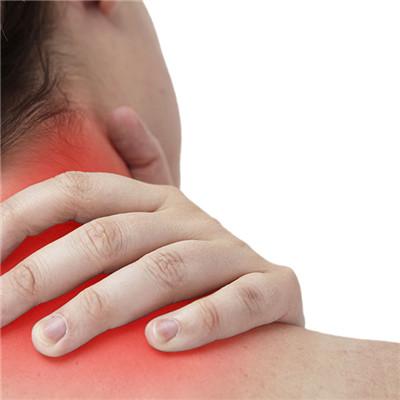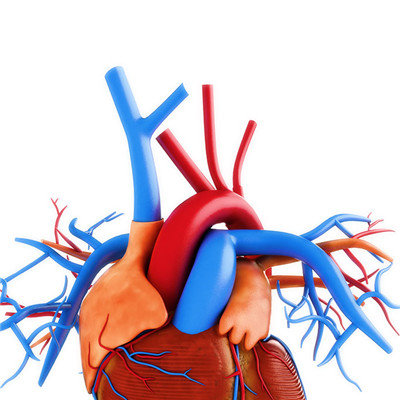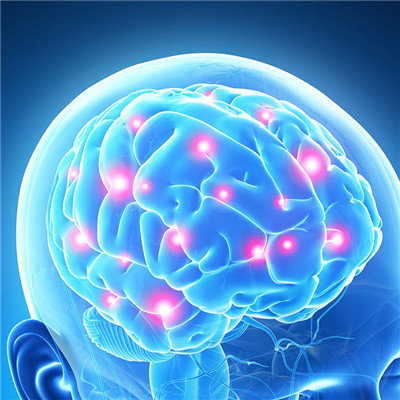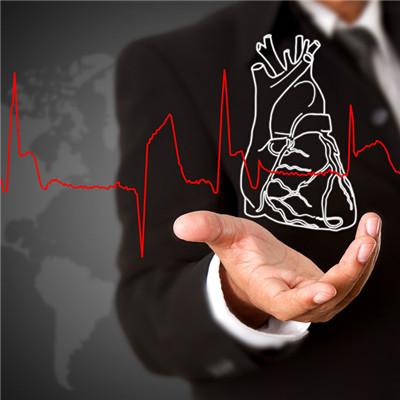Causes and treatment of gallstones
summary
Stone is a common disease, most of which are caused by bacterial infection, and the course of disease is long. Most patients can not adhere to the treatment after the disease. This makes the disease is likely to take advantage of the development, the disease continues to delay and repeated, to the patient's body and mind and family have brought great harm. Let's talk about the causes and treatment of gallstones.
Causes and treatment of gallstones
Reason 1: the cause of gallstone is related to fertility: pregnancy can promote gallstone and the number of pregnancies is positively correlated with the incidence rate of gallstones. This view has been proved by clinical and epidemiological studies.

Reason two: gender differences: the incidence rate of ultrasound diagnosis in the past few years is about 1:2. The difference of gender ratio is mainly reflected in the incidence of cholesterol stones. There is no significant gender difference in gallbladder bile pigment stone incidence. The high incidence of cholesterol gallstones in women may be related to the decrease of bile flow, the increase of cholesterol secretion in bile, the decrease of total bile acid content and activity, and the effect of progesterone on gallbladder motility and bile stasis.

Reason three: morbidity and diet: eating habits are the main causes of gallstone. The incidence rate of gallstones is higher in those who eat refined food or high cholesterol diet. Because refined carbohydrates increase bile cholesterol saturation. With the improvement of living standards in China, the incidence of gallstones has occupied the main position of cholelithiasis, and cholesterol stones are the main.

matters needing attention
Clinical and epidemiological studies show that obesity is an important risk factor for gallstone cholesterol gallstones, and obesity incidence rate is 3 times that of normal weight people. Obese people are more likely to suffer from gallstones because of the absolute increase of cholesterol synthesis, or the relative increase of bile acid and phospholipid, which makes cholesterol supersaturated.

